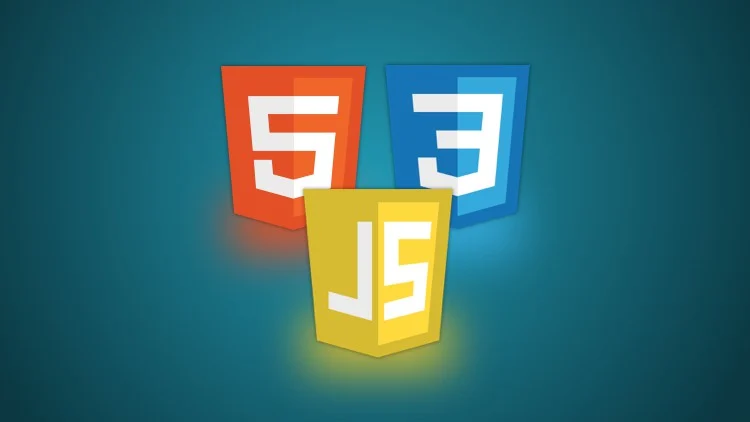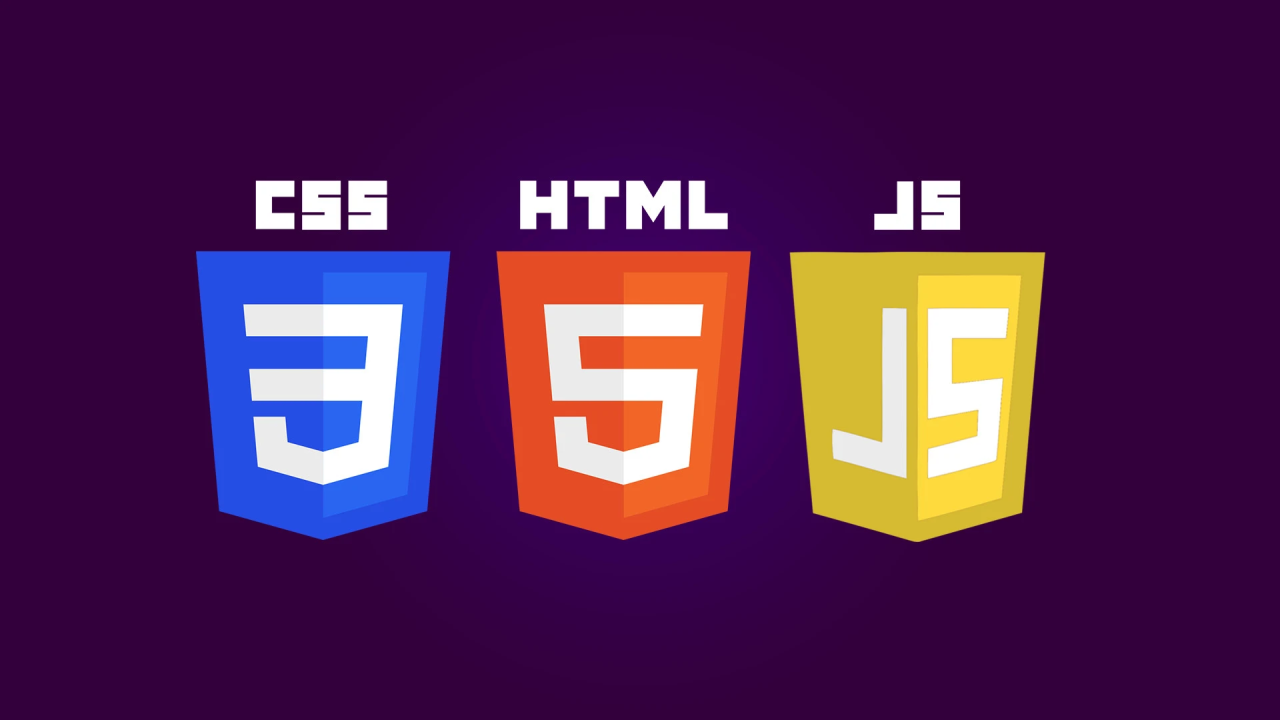When web development, three fundamental technologies form the backbone of every website you visit: HTML, CSS, and JavaScript. Understanding the differences between these languages is crucial for anyone looking to build websites or pursue a career in web development.
Think of creating a website like constructing and decorating a house. HTML serves as the foundation and framework, providing the basic structure and defining where each element belongs. CSS acts as the interior designer, adding colors, fonts, layouts, and visual appeal to make the structure attractive and user-friendly. JavaScript functions like the electrical system and smart home features bring interactivity and dynamic functionality that responds to user actions.
These three technologies work in perfect harmony to create the modern web experience. HTML provides the content and structure using elements like headings, paragraphs, images, and links. CSS takes this structured content and transforms it with styling rules that control appearance, spacing, and responsive design across different devices. JavaScript then adds the magic of interactivity, enabling features like form validation, animations, real-time updates, and user event handling.
For beginners, it’s important to understand that HTML and CSS are markup and styling languages, respectively, while JavaScript is a full programming language with logic capabilities. HTML uses tags surrounded by angle brackets to define elements, CSS employs rules and selectors to apply styles, and JavaScript uses statements and functions to create dynamic behavior. This fundamental difference affects how each language is written, implemented, and what it can accomplish.
Mastering these three technologies opens doors to creating engaging, professional websites that not only look great but also provide interactive experiences that keep users engaged and coming back for more.

HTML: The Foundation of Web Structure
HTML (HyperText Markup Language) serves as the skeleton of every webpage, defining the content and structure through a system of tags and elements. This markup language uses tags surrounded by angle brackets to create headings, paragraphs, lists, images, and links that form the basic building blocks of web content.
The fundamental HTML structure includes essential elements like <html>, <head>, and <body> that organize content hierarchically. HTML files typically use .html or .htm extensions and can be placed anywhere on a webpage. Unlike programming languages, HTML is declarative and doesn’t perform logic or make decisions – it simply structures and displays content.
CSS: Styling and Visual Appeal
CSS (Cascading Style Sheets) transforms plain HTML structure into visually appealing websites by controlling colors, fonts, spacing, layouts, and responsive design features. This styling language uses rules and selectors to target specific HTML elements and apply distinctive visual properties.
CSS can be implemented through inline styles, internal stylesheets within <style> tags, or external .css files linked to HTML documents. The language enables responsive design through media queries, ensuring websites adapt seamlessly across different screen sizes and devices. CSS employs the box model, flexbox, and grid systems for precise layout control and positioning.
JavaScript: Adding Interactivity and Dynamic Functionality
JavaScript brings websites to life by adding interactivity, dynamic effects, and complex functionality that responds to user actions. As a full programming language, JavaScript can perform logic operations, make decisions, manipulate HTML and CSS elements, and handle user events like clicks and form submissions.
JavaScript code can be embedded within HTML using <script> tags or stored in external .js files. The language enables DOM manipulation, allowing developers to access and modify webpage elements dynamically without requiring page refreshes. JavaScript supports AJAX requests for retrieving server data, animations, form validation, and integration with popular frameworks like React and Angular.




